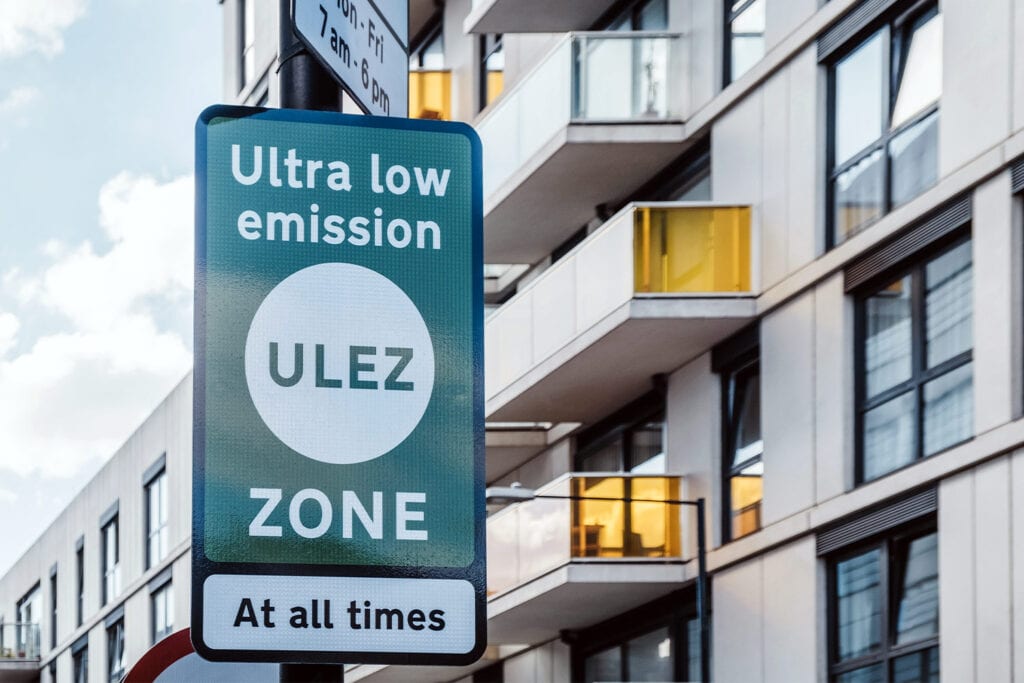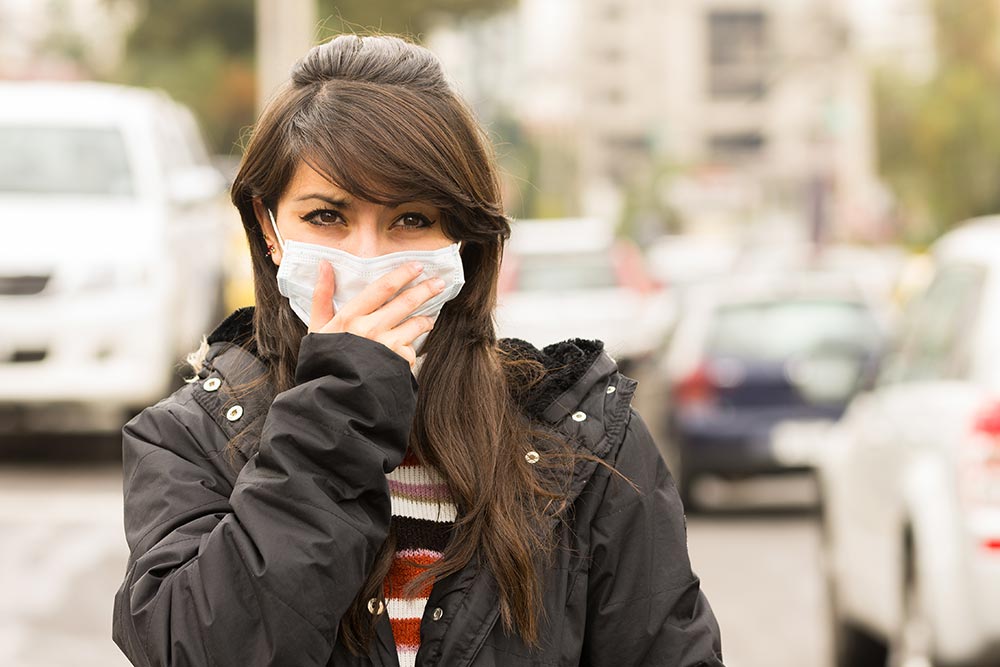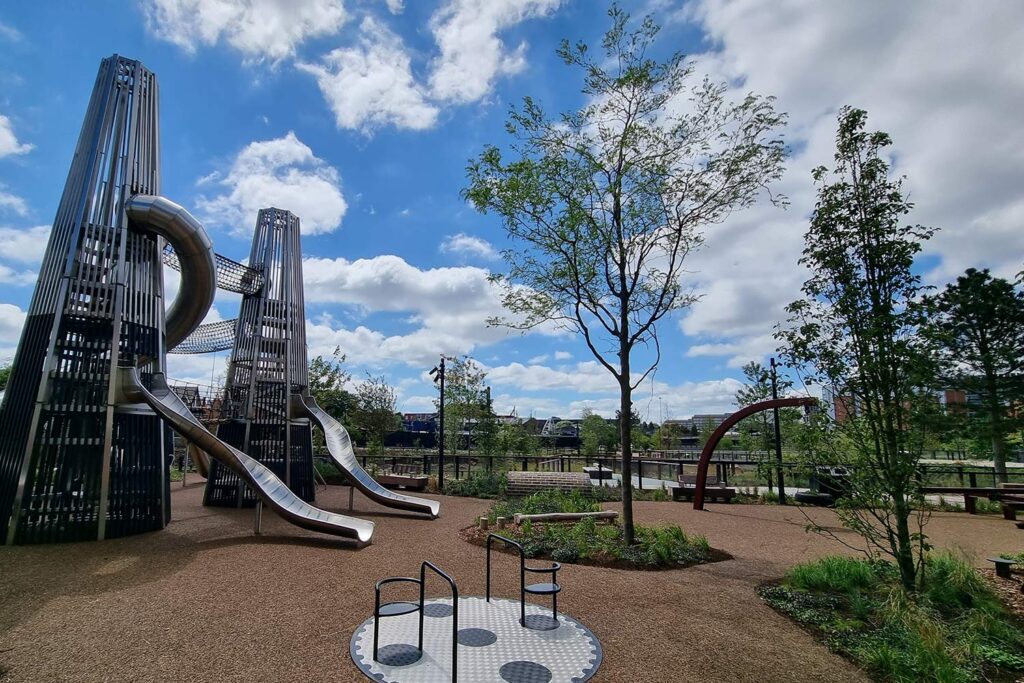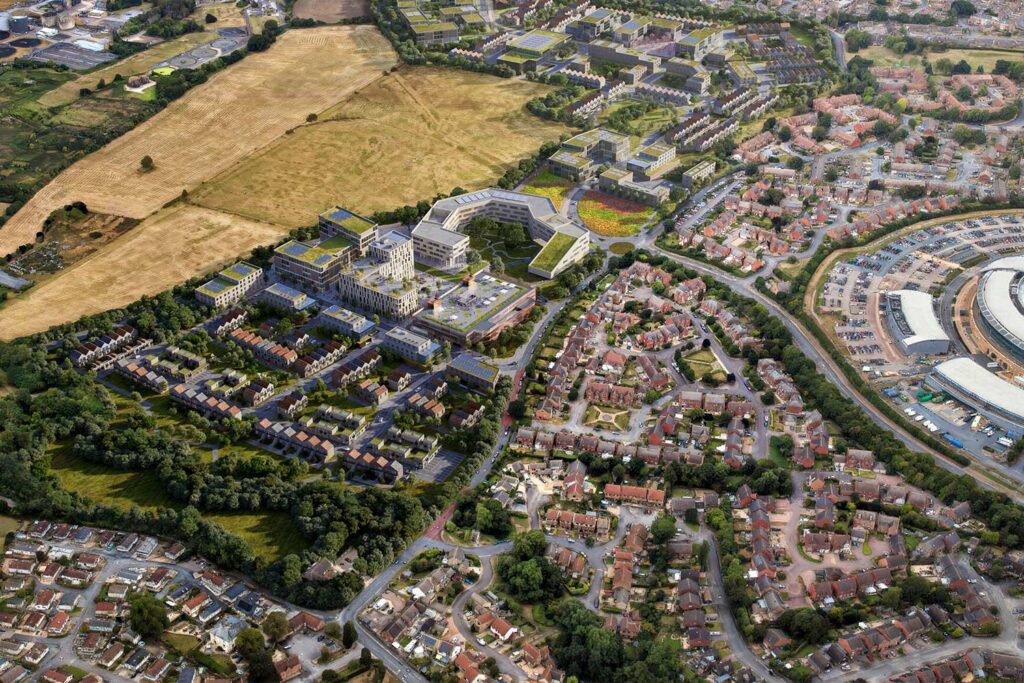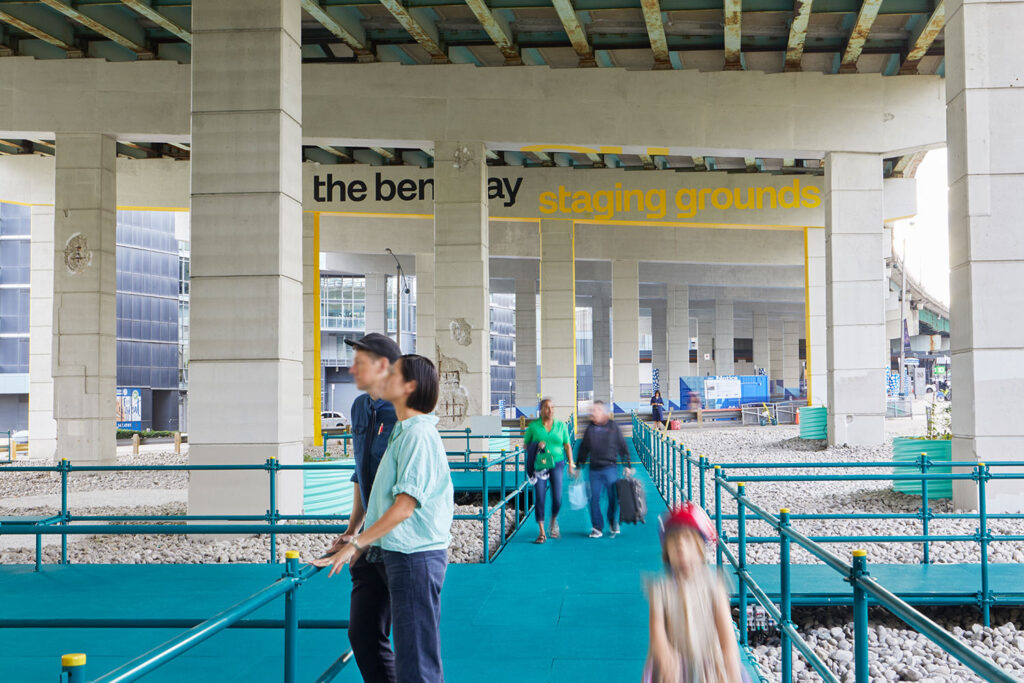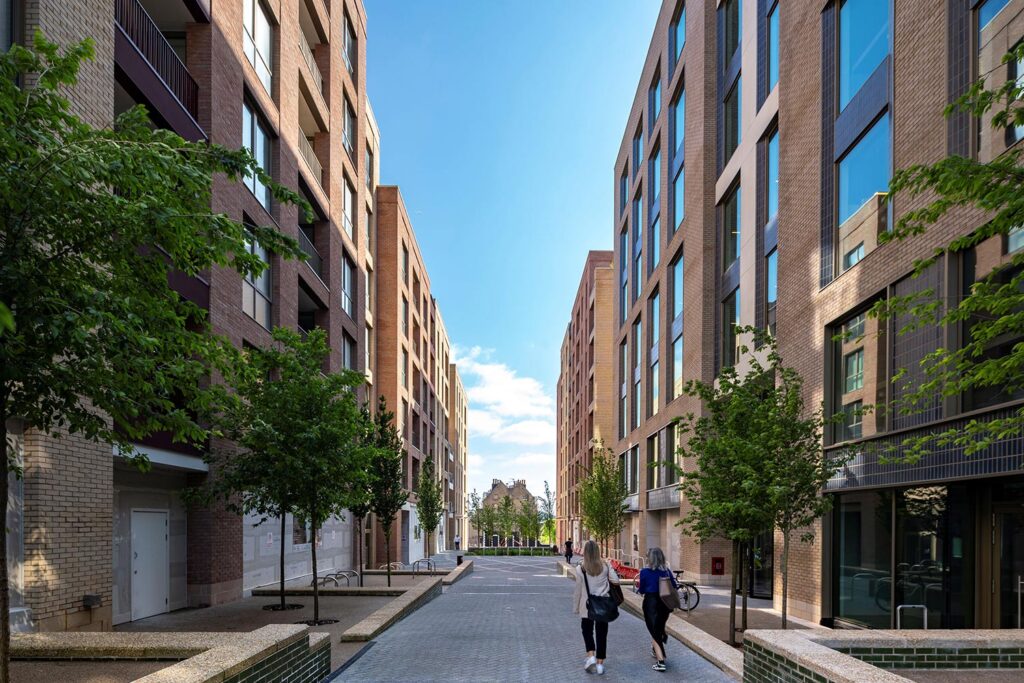Healthy air, healthy planet
How the International Day of Clean Air for Blue Skies highlights the risks posed by poor air quality and the role Buro Happold is playing to combat it.
Air pollution has major adverse impacts on human health and ecosystems, which is why action is needed to improve it. The International Day of Clean Air for Blue Skies calls for greater awareness of Air Quality issues and global collaboration to improve air quality.
This highlights the importance of air quality in building and urban design, and the role the air quality team at Buro Happold have in ensuring better air quality in the future.
The day is a call to action to educate people about air pollution. It also holds governments, businesses and industries accountable for their actions. The event encourages global collaboration for tackling air pollution and ensuring clean air for all.
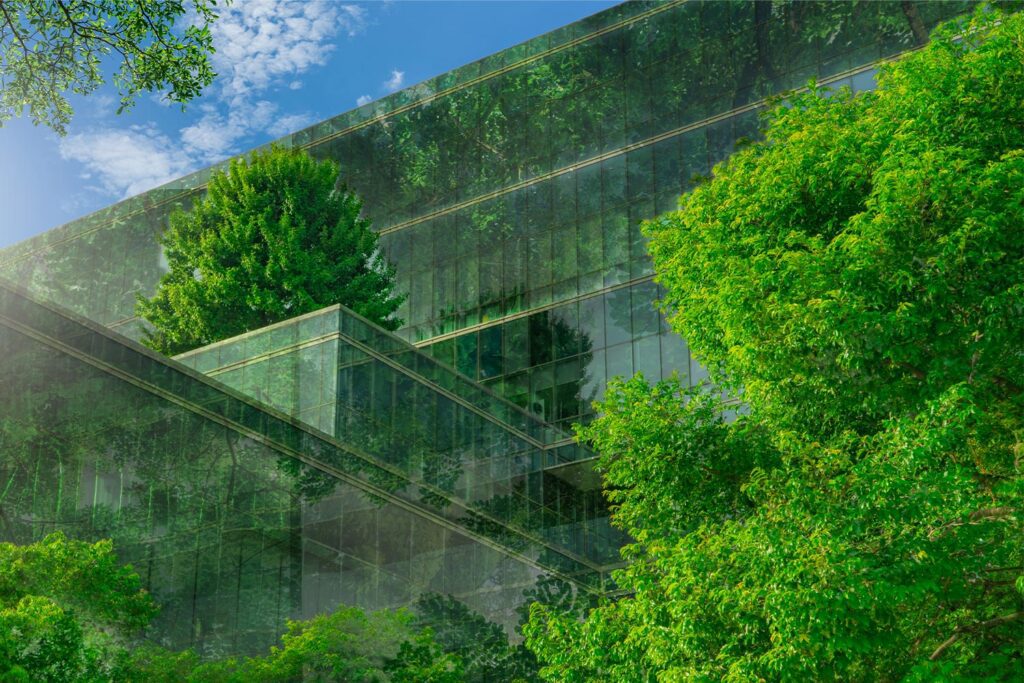
Healthy air, healthy planet
The theme for 2021 is “Healthy Air, Healthy Planet”. Poor air quality is linked to a litany of health impacts that have huge impacts on illness and mortality. A recent study has found poor air quality causes 17 billion lost life years globally, with exposure to poor air quality shortening life by an average of 2.2 years, even more than smoking. In addition, it has been found that exposure to air pollution increases the risk of hospitalisation from Covid-19.
As well as having human health implications, high concentrations of pollutants can damage vegetation and lead to irreversible impacts on ecosystems which ultimately can reduce biodiversity. Therefore, air pollution worsens the health of the planet and all its inhabitants. Many air pollutants are also climate forcers, improvement of air quality can also positively impact climate change.
The majority of the world’s population live in urban areas. Urban areas often have the poorest air quality due to anthropogenic emissions arising from transport, combustion plant equipment and industrial activities. The high population density of urban areas means that every year millions of people will suffer the negative health impact of poor air quality. Building and city design is critical in mitigating air pollution and limiting its impacts.
The air quality team at Buro Happold assess the impact of new developments but, more importantly, seeks to minimise emissions and exposure through Air Quality sensitive design. It is critical to assess the site suitability of developments in areas of poor air quality, and early involvement at the design stage allows us to influence the spatial layout and building design in a way that safeguards the health of future site users and minimises impacts from new developments.
Want to find out more?
Learn more about the International Day of Clean Air for Blue Skies at https://www.cleanairblueskies.org/
Find out how you can get involved in the day and how you can positively impact air quality in the UNEP’s practical guide: https://www.cleanairblueskies.org/get-involved/practical-guide
You can also see a global map of particulate matter smaller than 2.5 microns in diameter (a major air pollutant affecting human health) on the IQAir website.
Written by
Kit Benjamin and the air quality consultancy team
